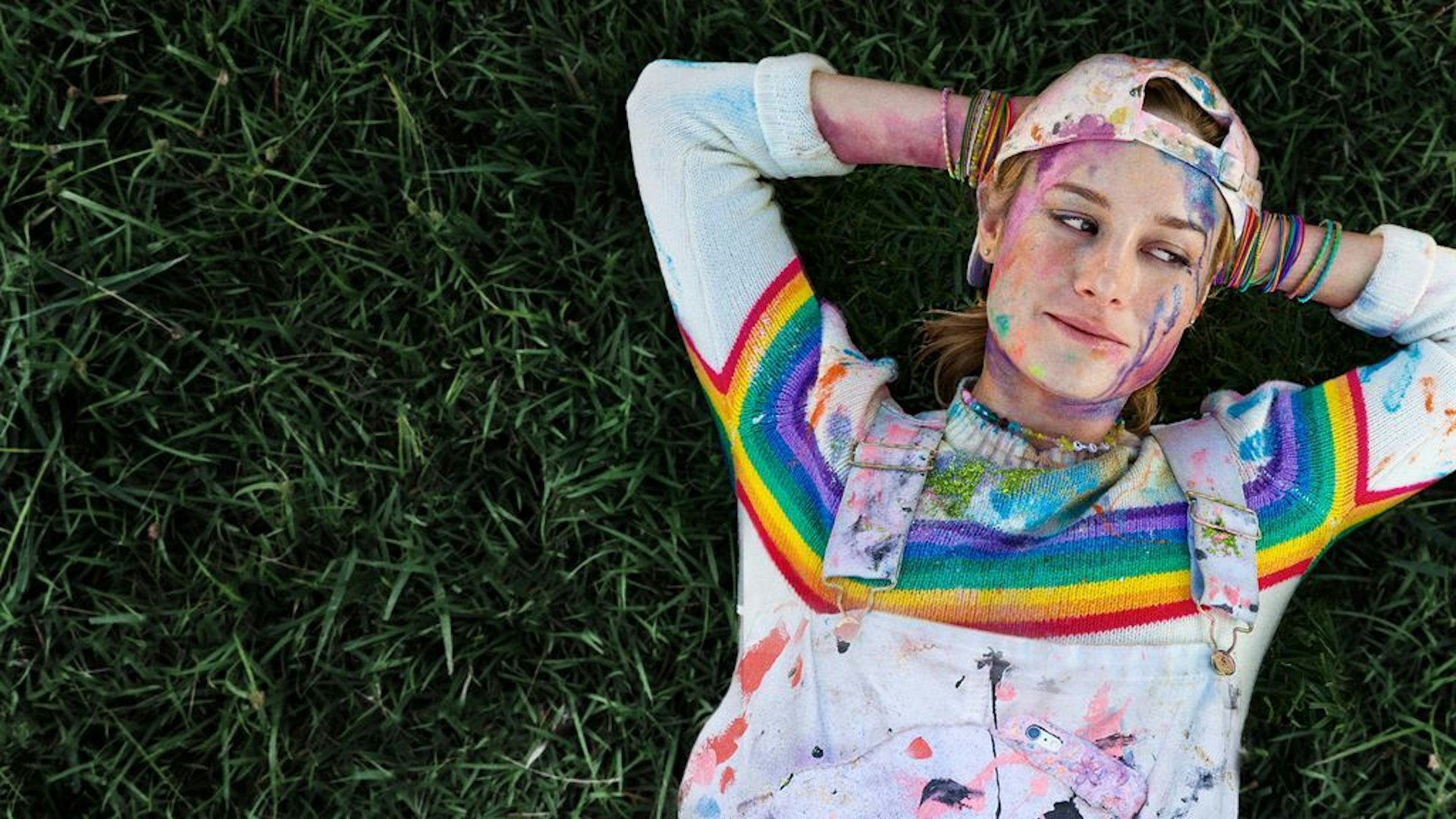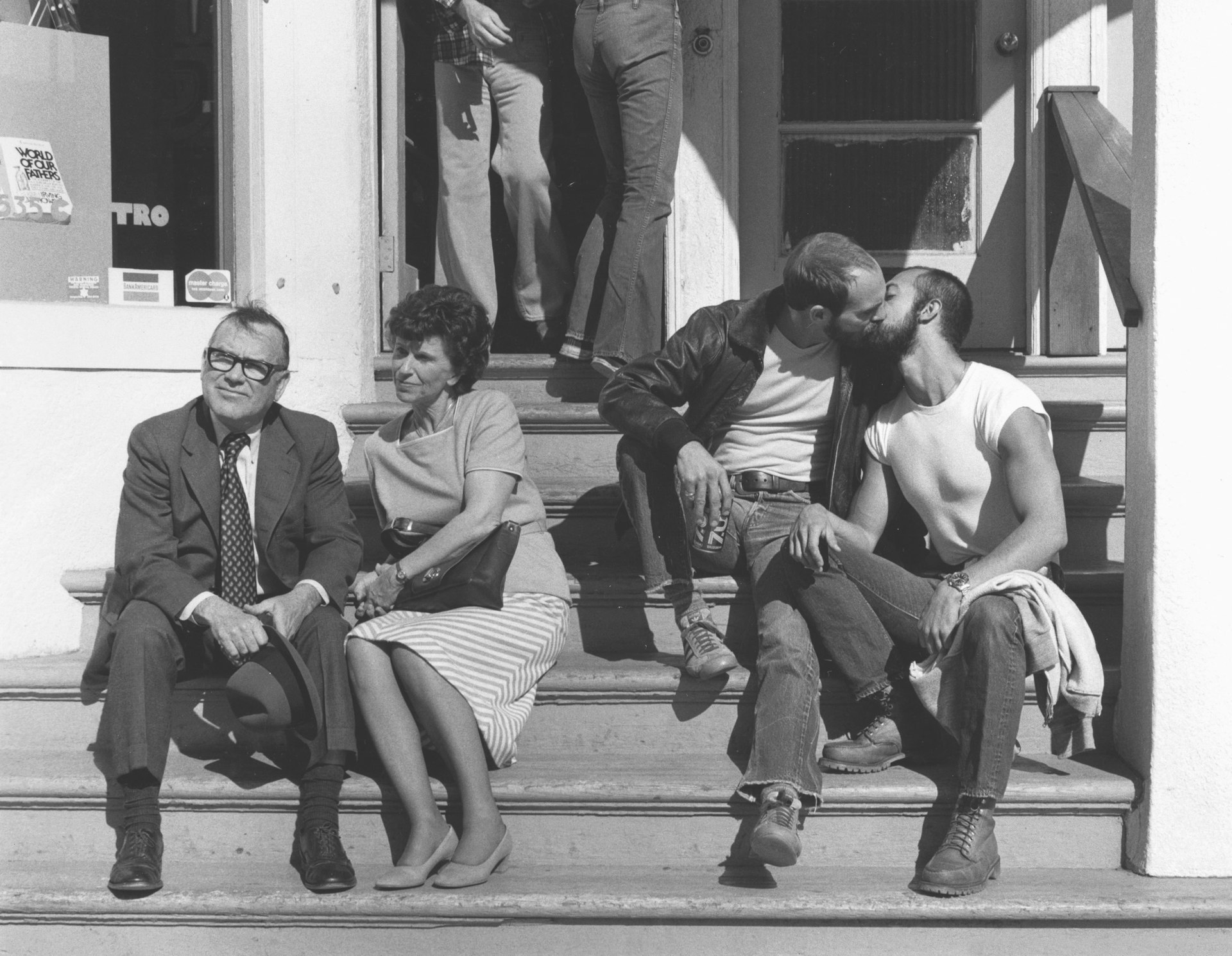
The radical history of LGBTQ protest art
- Text by Miss Rosen
“I am your worst fear. I am your best fantasy.”
New York artist and activist Donna Gottschalk memorably penned those words on a placard during the first Gay Liberation event on June 28, 1970 – the first anniversary of the Stonewall riots. The moment was captured in a photograph by Diana Davies, and published in the back page of Ecstasy magazine Issue 2, becoming a touchstone of the new age.
It was a statement of bold confidence, a reclamation of self from a society that had been actively criminalising and pathologising homosexuality since the word appeared for the first time in Richard von Krafft-Ebing’s Psychopathia Sexualis (1892).
Born from a repressive, regressive regime, queer art became a channel into which people could connect and express themselves. It sparked a new bohemia, one that continues to grow and bloom, which inspired the revised, updated paperback edition of Catherine Lord and Richard Meyer’s epic survey Art & Queer Culture (Phaidon).
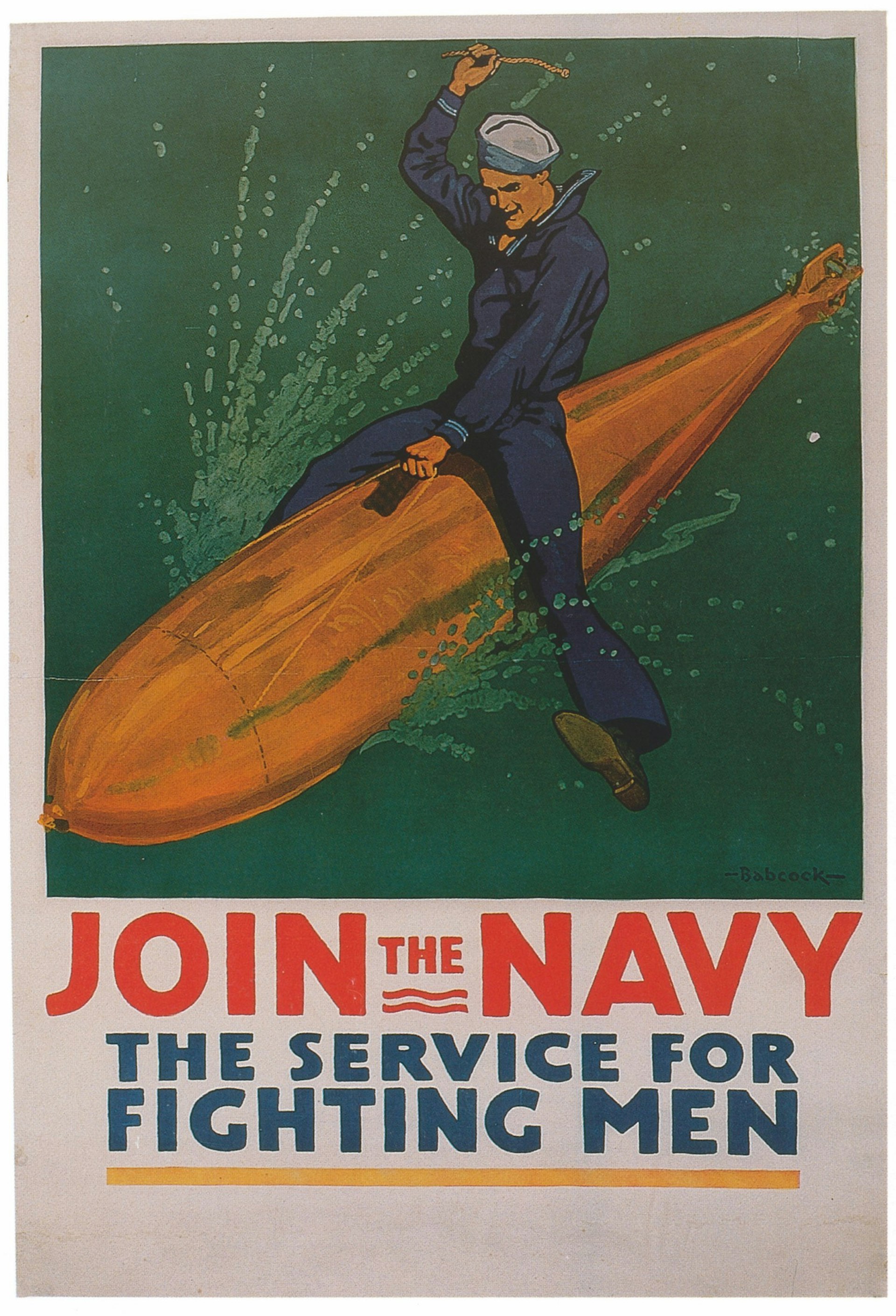
Richard Fayerweath Babcock, Join the Navy, 1917
Published to coincide with the 50th anniversary of Stonewall, the book includes emerging new talents like Tourmaline and Sasha Wortzel, who are reclaiming the spirit of the mother of the movement, Marsha P. Johnson, a black trans activist.
“Queer culture provides is a beautiful archive that we can remake for the needs of our own moment,” Meyer says. “Homosexuality or queerness is a lot more than a matter of sex. It’s art, writing, music, and theatre that has been produced by a perspective of difference.”
The book explores how visual art and culture became a sphere of influence within which outliers from alternative communities could find a home. “I interviewed Paul Cadmus in the ’90s and asked, ‘What it was it like to be a homosexual painter in the 1930s?’” Meyer recalls.
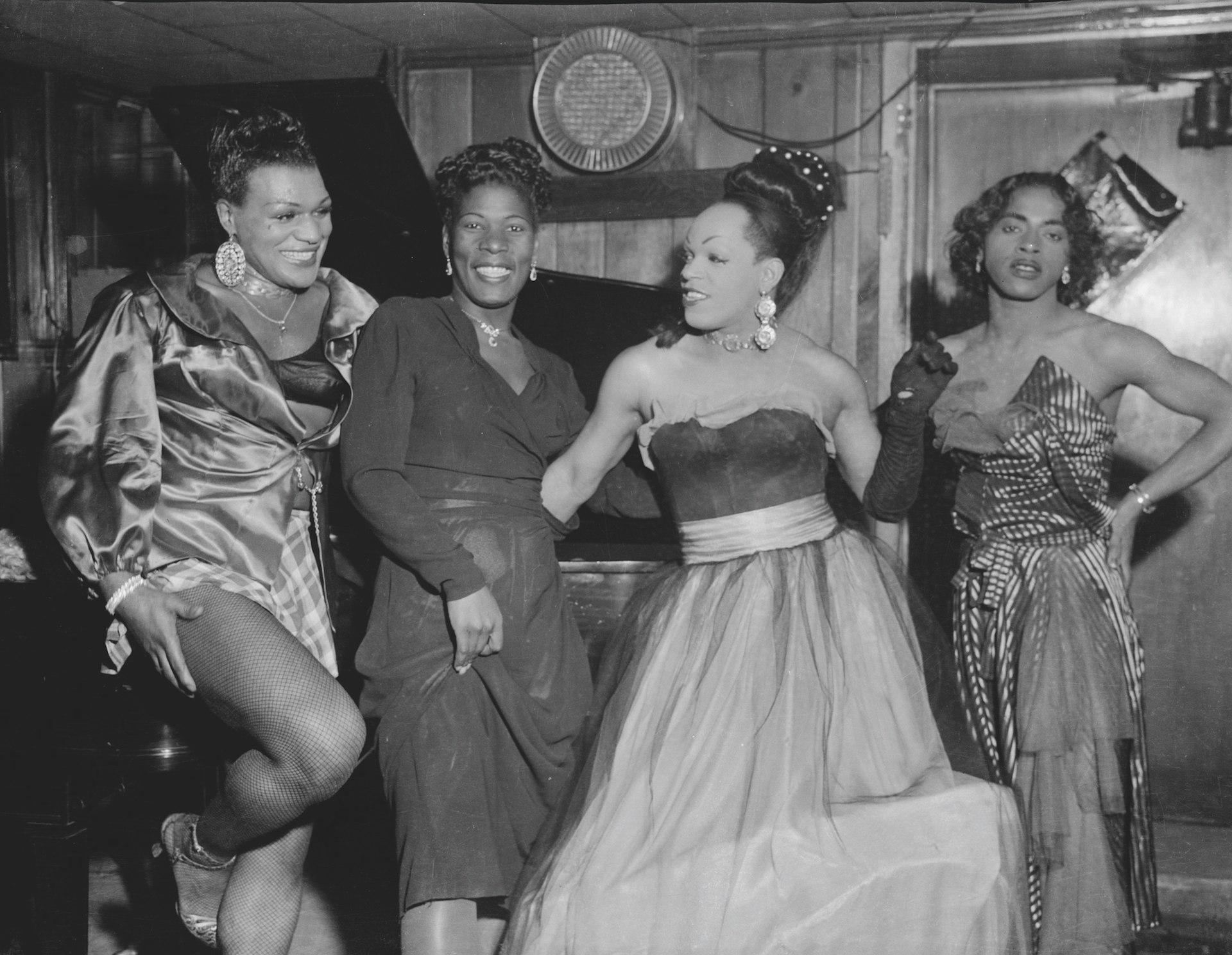
Charles ‘ Teenie’ Harris, Group portrait of four cross-dressers posing in a club or a bar in front of a piano, including Michael ‘Bronze Adonis’ Fields, on left, and possibly ‘Beulah’ on right, 1955. Collection, Carnegie Museum of Art, Pittsburgh.
“He said, ‘We never used the word ‘homosexual’, we just used the word “artist” and no one expects an artist to behave like a businessman.’ Art was already radically different from the rest of the culture that it often meant there were other differences – creative, imaginative, erotic, social – that had gone into the choice of being an artist.”
Art could also be used as a tool to fight against a maliciously indifferent regime, as organisations like ACT UP and Gran Fury did in the 1980s during the AIDS crisis. “They were very sophisticated about the use of images. They wanted it to be as sexy and seductive as anything else you would see in the public sphere, but they were using it to a very different effect,” Meyer explains.
“That spirit continues among younger queer artists. There are many art worlds, and many cultural contexts, and queerness is all about stepping outside the comfort zone that the culture tells you to stay in and searching out other ways of looking and being.”
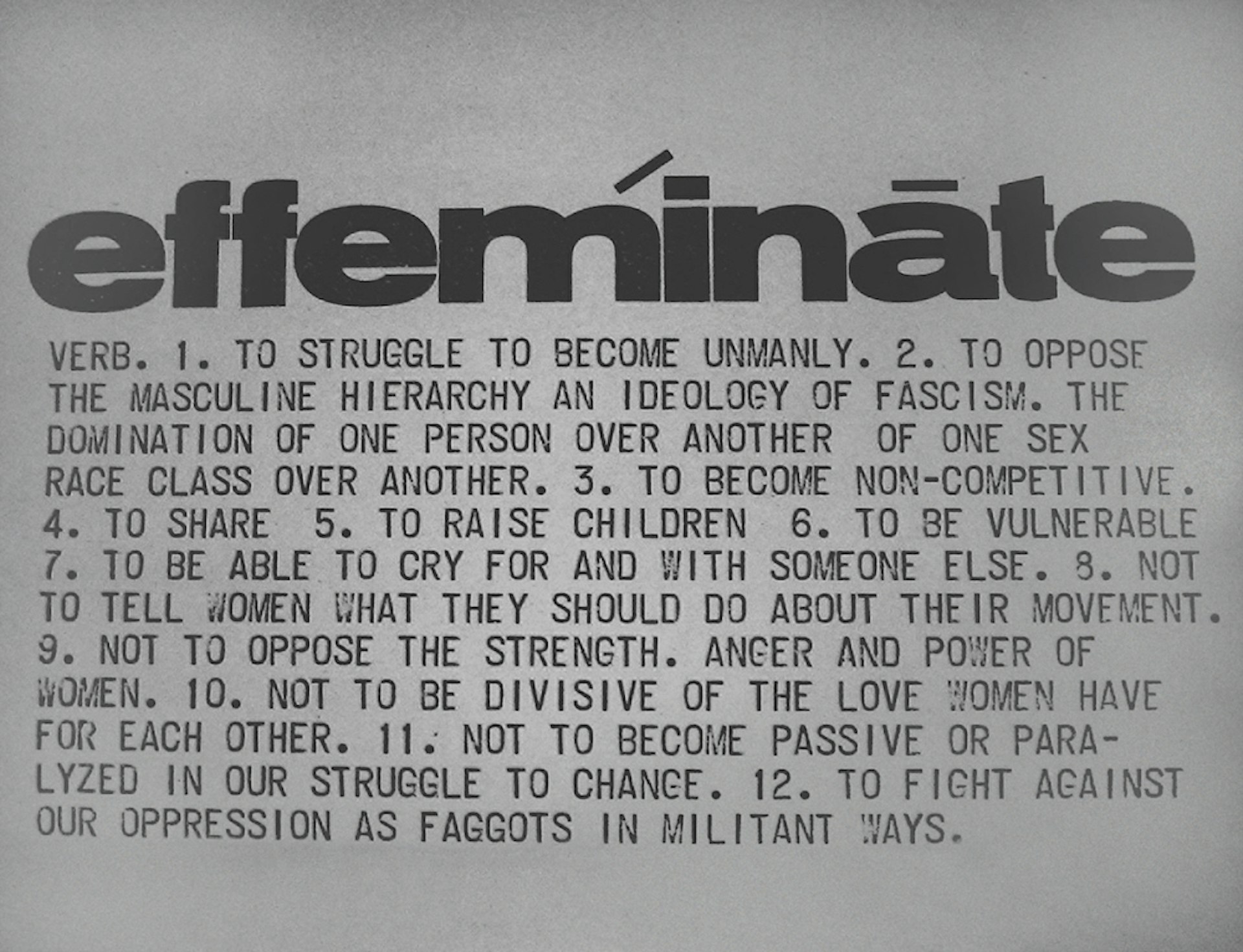
Steven F. Dansky, Effeminate, for the 1972 issue of Faggotry magazine. © the artist
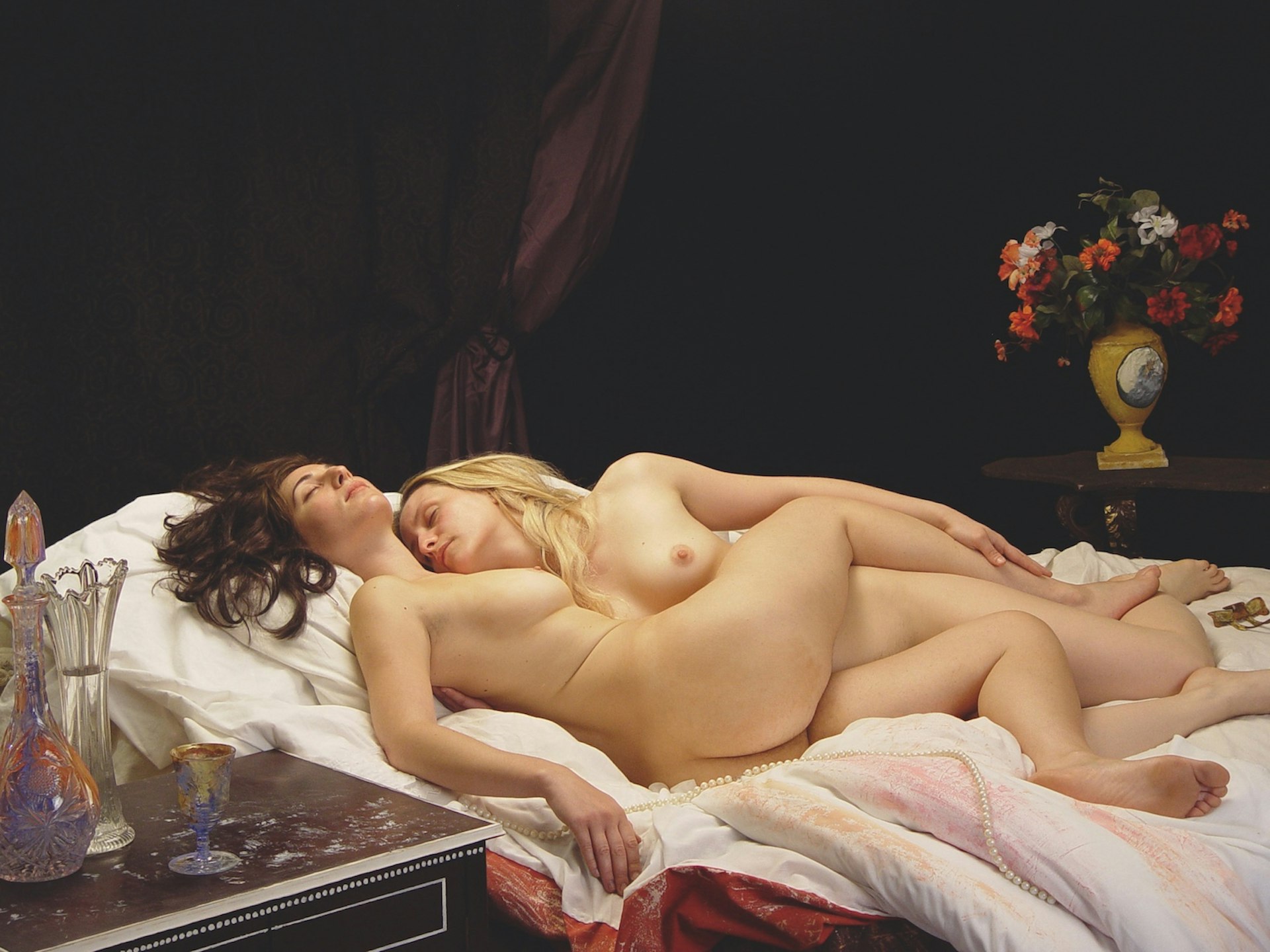
Mary Ellen Strom, Nude #5, Eleanor Dubinsky and Melanie Maar, 2005. © the artist
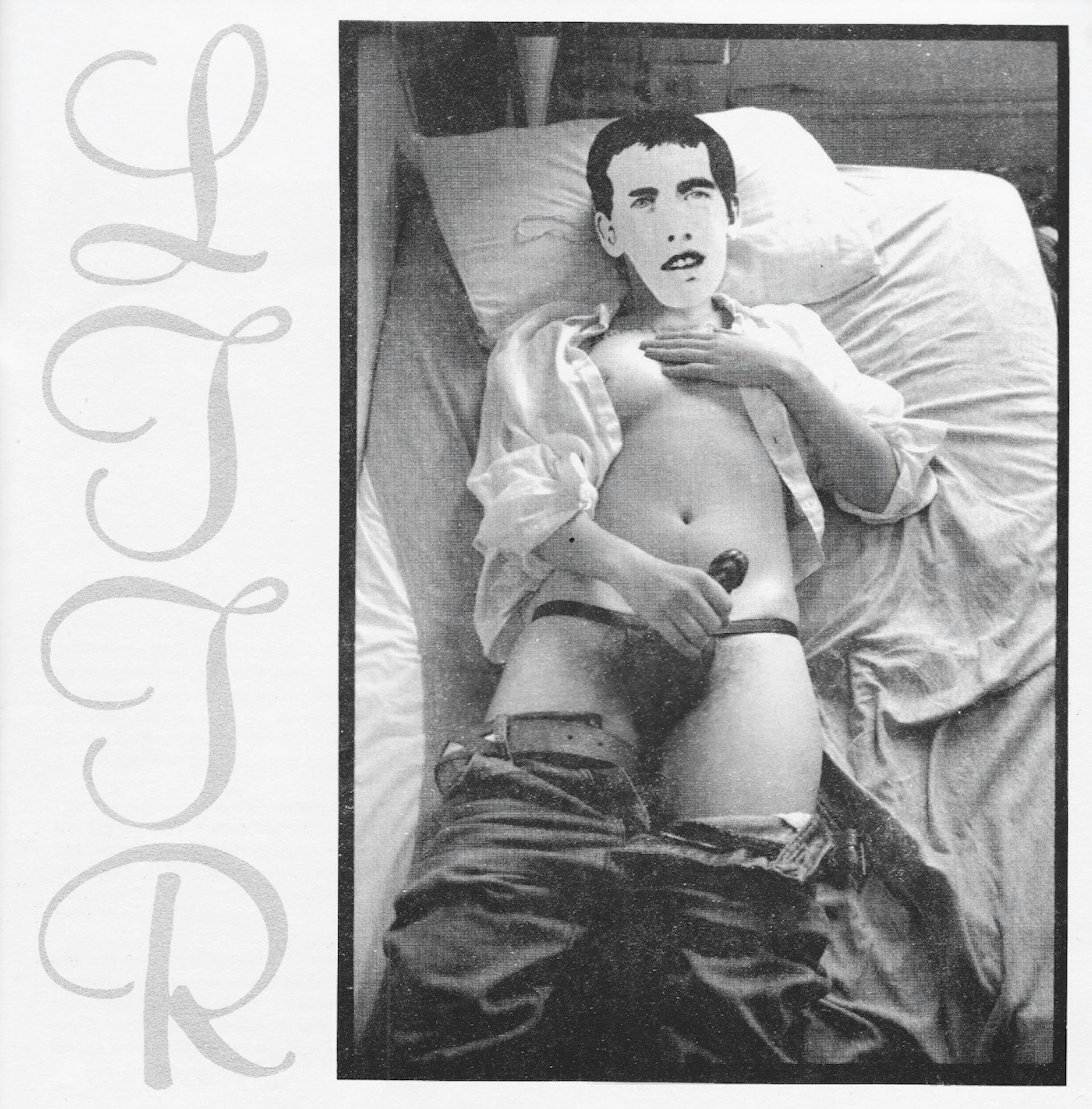
LTTR/Emily Roysdon, cover of LTTR no. 1, featuring a photograph from Emily Roysdon’s series Untitled (David Wojnarowicz Project), 2002.
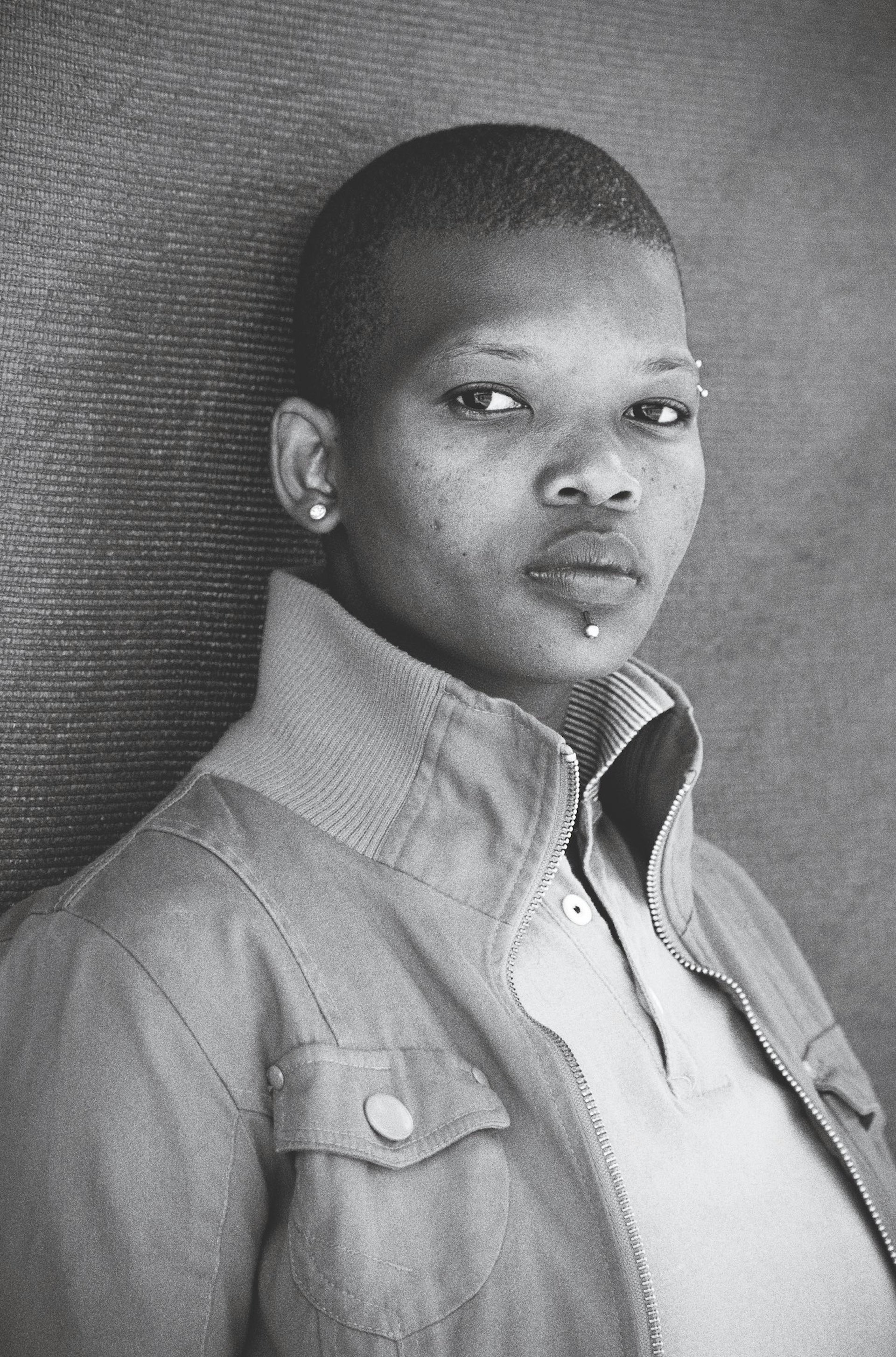
Zanele Muholi, Puleng Mahlati, Embekweni, Paarl, from the series Faces and Phases, 2009. Courtesy of STEVENSON, Cape Town and Johannesburg.
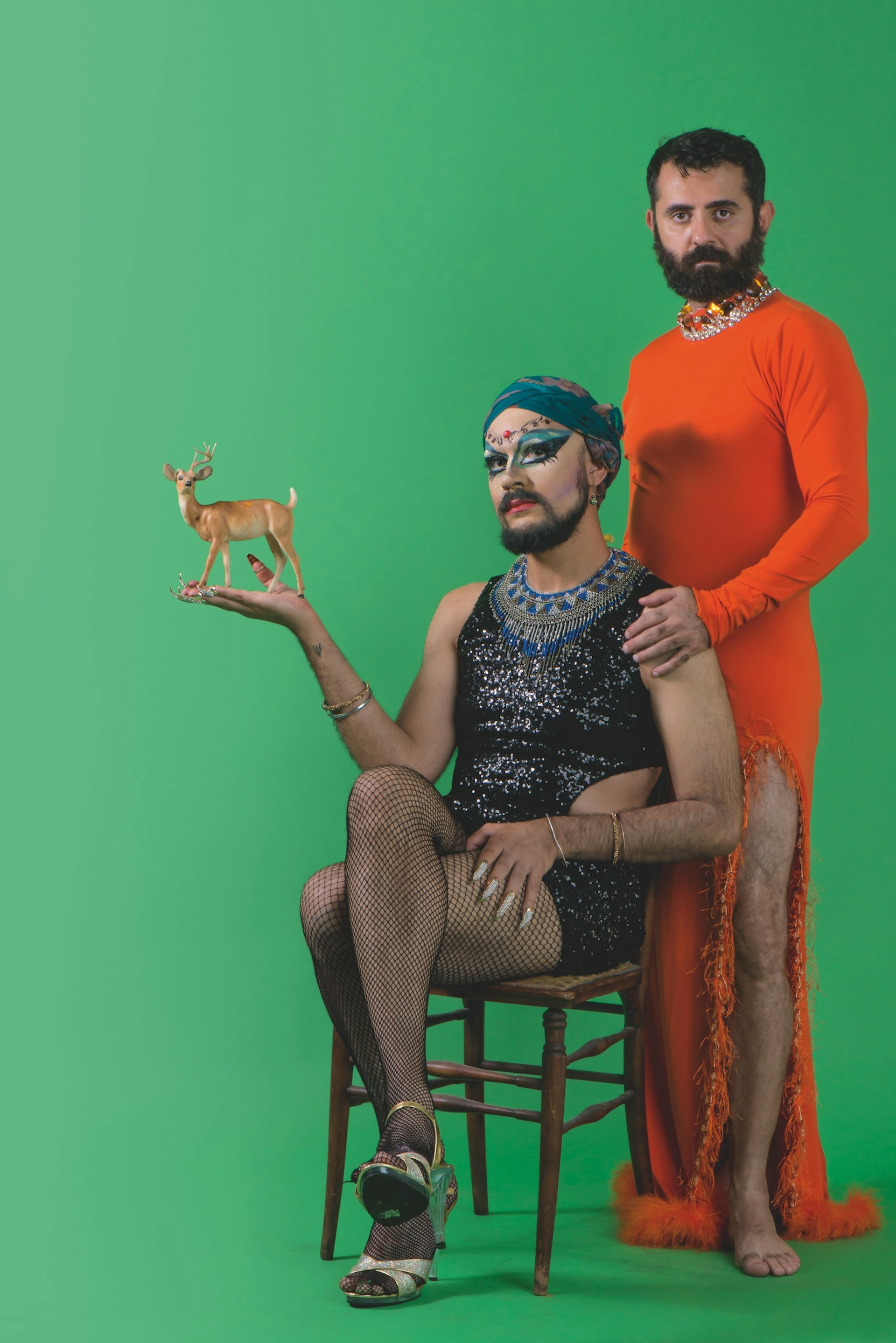
Jamil Hellu; Zulfikar Ali Bhutto (a.k.a. Faluda Islam) grew up in Pakistan. In Arabic poetry, a deer often symbolizes an effeminate young man. In Brazil, the word deer (‘veado’) is commonly used as slang to insult gay men, 2017. © the artist
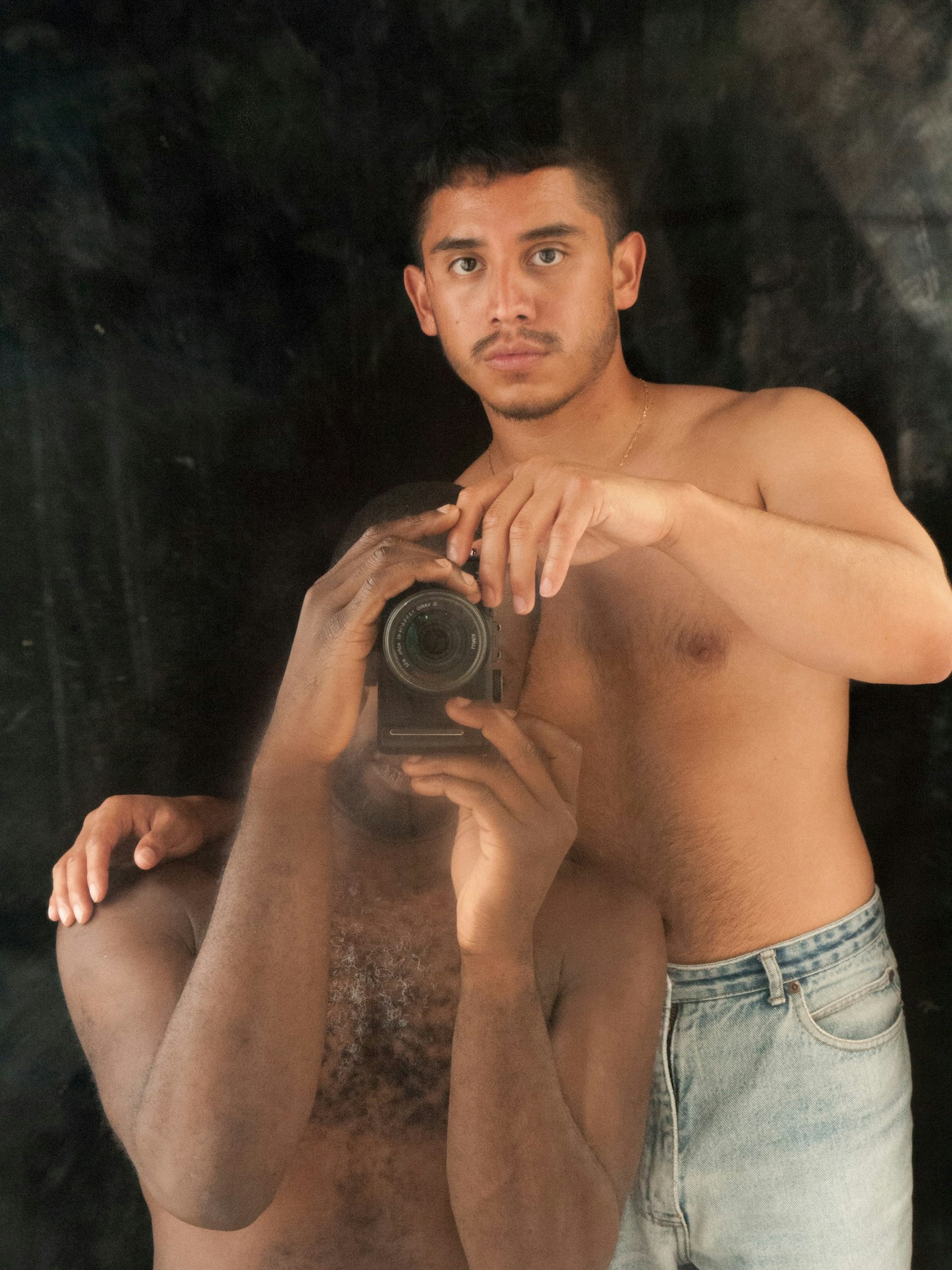
Paul Mpagi Sepuya, Darkroom Mirror (_2050038), 2017. © the artists
Follow Miss Rosen on Twitter.
Enjoyed this article? Like Huck on Facebook or follow us on Twitter.
